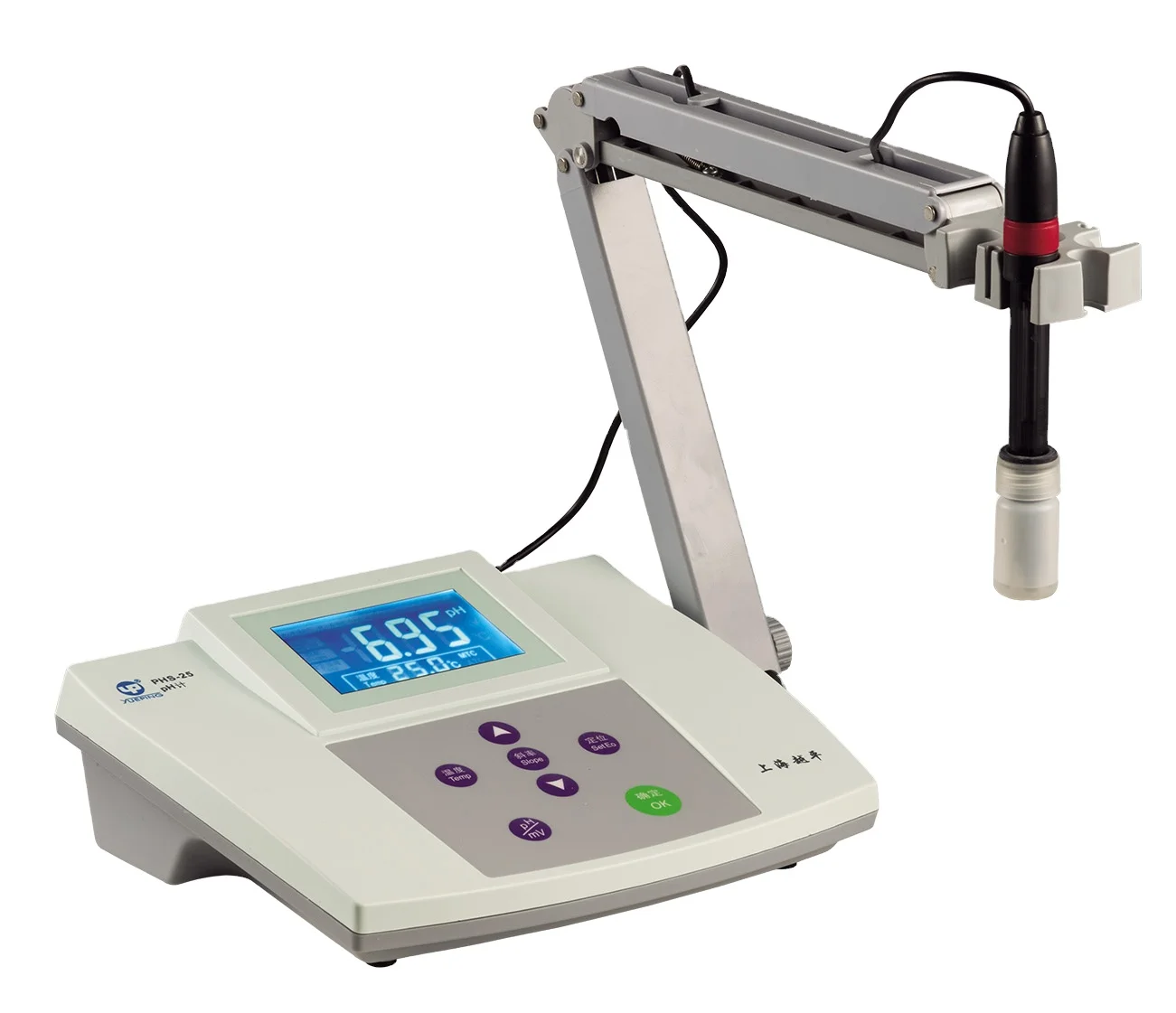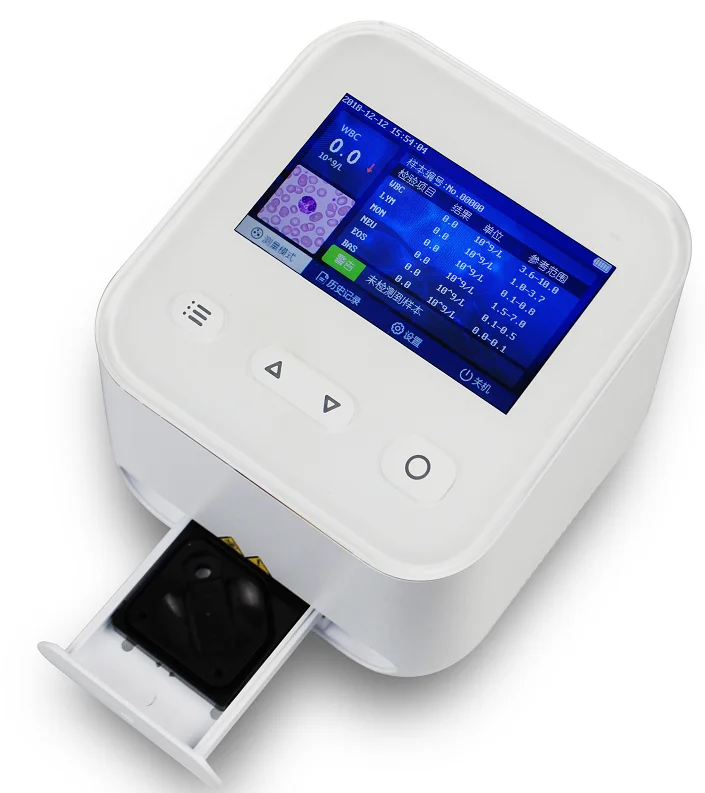Lab pH meters test how many hydrogen ions are in a solution. This indicates whether it is an acid or a base. On the pH scale, 0 is acidic and 14 is basic. A pH of 7 is neutral. If the pH is greater than 7, then the water is basic. If higher than 7, it is basic. There are different kinds of pH meters, including handheld meters and ones that rest on a table. They all have a probe that gets inserted into the liquid being tested.
In laboratories, it is crucial to measure the pH correctly. The pH can dictate how a substance will behave. For instance, the pH may influence how quickly a chemical reaction takes place or how well a drug works in the body. If you get pH wrong, you can get things wrong, and you can get bad results, and that can be serious in science.

When selecting a laboratory pH meter, consider what you are testing, how much accuracy you require and how much you are willing to spend. The AIK lab pH meters come in several types for different uses. Lest you need a premium AIK has covered you, whether you need a simple one for school or a very accurate one for research.

Caring for your lab pH meter will ensure its effective performance. Calibration is essentially ensuring the meter reads accurately at specific pH values, usually 4, 7 and 10. You will want to do this regularly to test that it will provide you with an accurate result. Maintenance includes not only cleaning the probe, but also storing the meter correctly when it is not in use.

Activity 5.1 AIK is continually researching new technology to improve the performance of lab pH meters. A new feature is digital sensors that self-calibrate according to temperature. What that means for you is that you don’t need to manually handle updates — and that can cut down on errors. AIK also includes the ability to save your data and is wireless – allowing for easy sharing and analysis of the results.